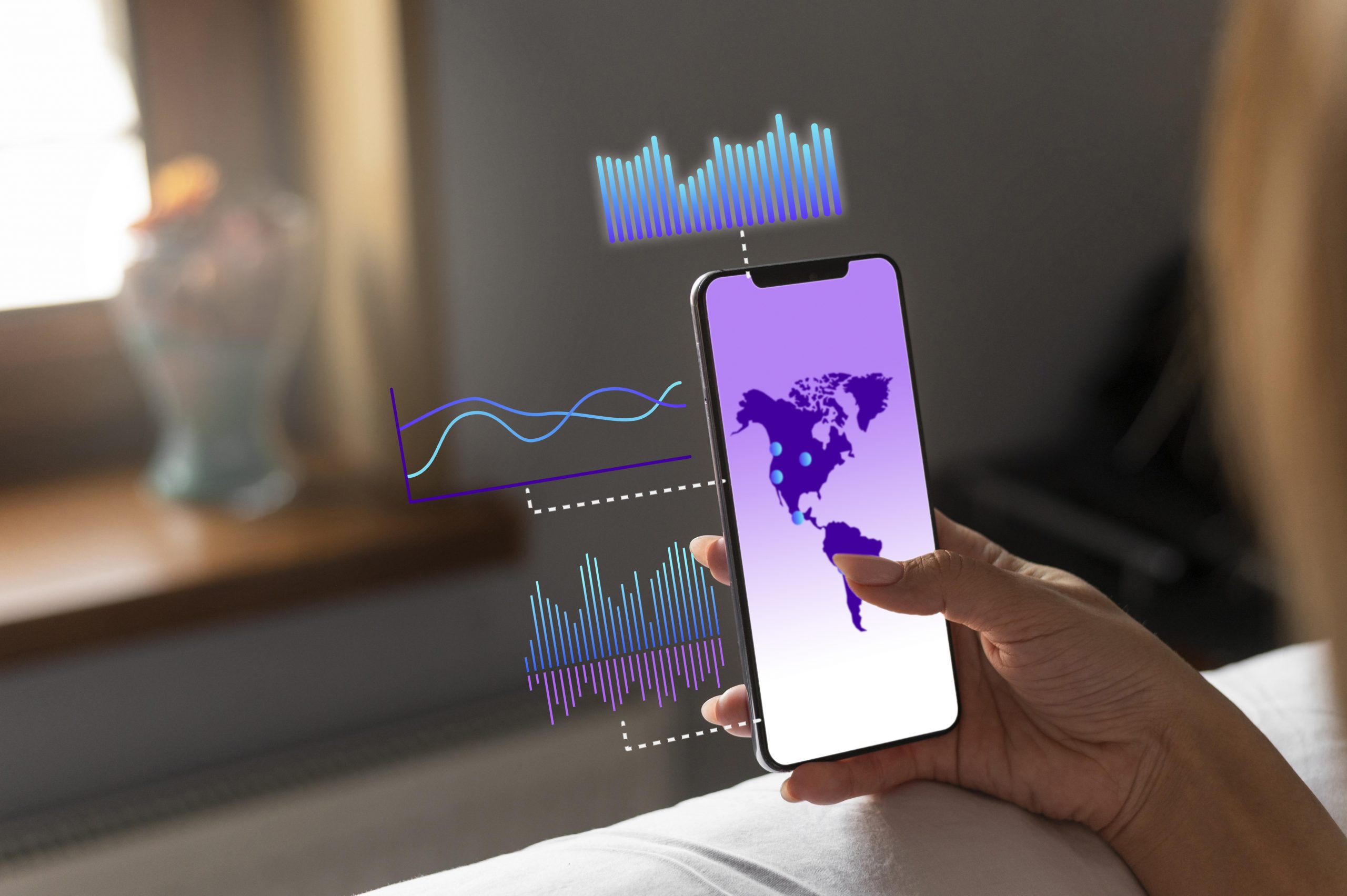As mobile app usage continues to rise worldwide, localizing apps for different markets has become essential for reaching a global audience. Effective localization allows apps to cater to diverse users by adapting not just the language but also cultural, legal, and technical aspects. This guide will explore key strategies for localizing apps to maximize success in global markets.
1. Understanding the Importance of Localizing Apps
To effectively localize apps, it’s important to understand why localization matters. Simply translating the app into different languages is not enough. Localization ensures that the content is culturally appropriate, the user interface is tailored to local preferences, and any legal or regional requirements are met. By addressing these factors, businesses can increase user engagement, retention, and overall downloads.
2. Choosing the Right Markets
Selecting which markets to target for localizing apps is a critical decision. Not every app needs to be localized for every region. Start by analyzing data to identify countries where your app has significant potential or existing user bases. Prioritize markets where your app’s niche is popular and where users are more likely to download and interact with localized content.
3. Adapting Content When Localizing Apps
When localizing apps, it’s crucial to adapt content beyond just language. This includes adjusting images, symbols, color schemes, and even features to suit the preferences of local users. For example, while certain icons may be intuitive to users in one culture, they might be confusing or carry different connotations in another. Tailoring these elements to fit the local context can greatly improve the user experience.
4. Testing and Continuous Improvement
The final step in localizing apps is rigorous testing. Localization testing ensures that all aspects of the app work smoothly in different regions, from functionality to user experience. Additionally, gathering feedback from users in the target market and making continuous improvements is essential to maintaining a high-quality app experience across various regions.
Conclusion
Localizing apps is a powerful way to expand your app’s reach and connect with global audiences. By focusing on cultural, legal, and technical nuances, you can improve user satisfaction and drive higher downloads. Learn more about how to enhance your app localization efforts by visiting Bedots.
Read more: Native vs. Hybrid Mobile App Development: Which is Best?



